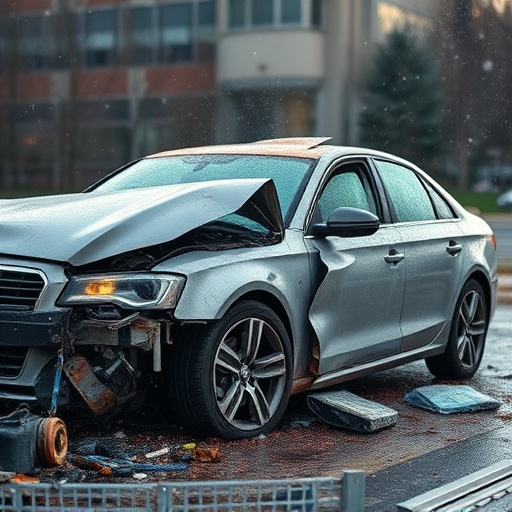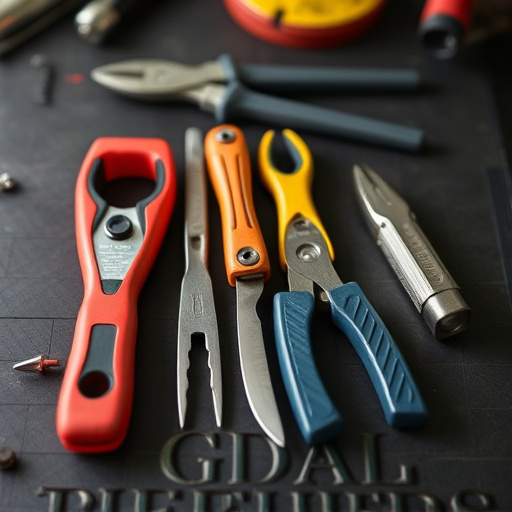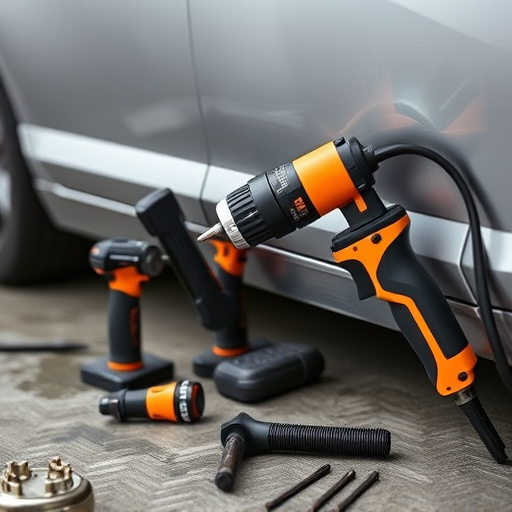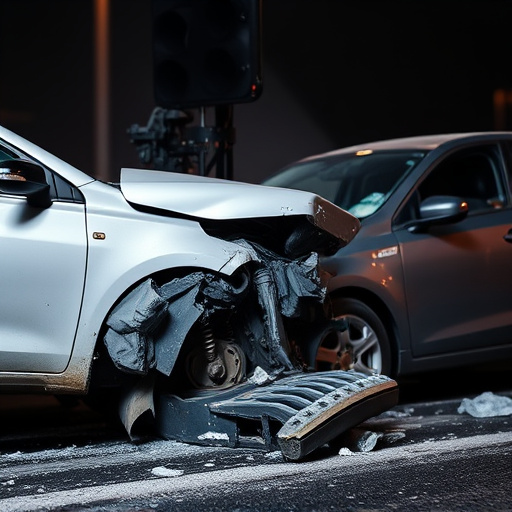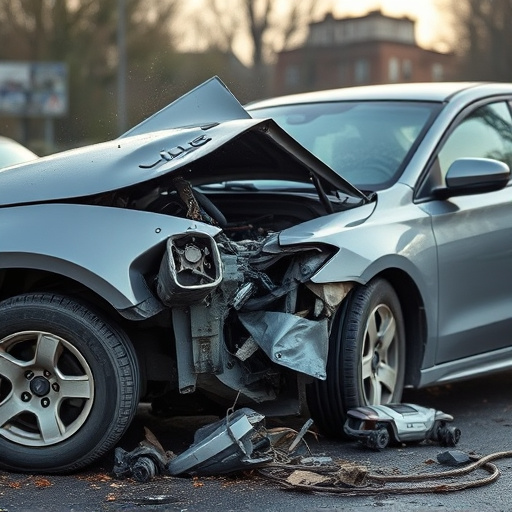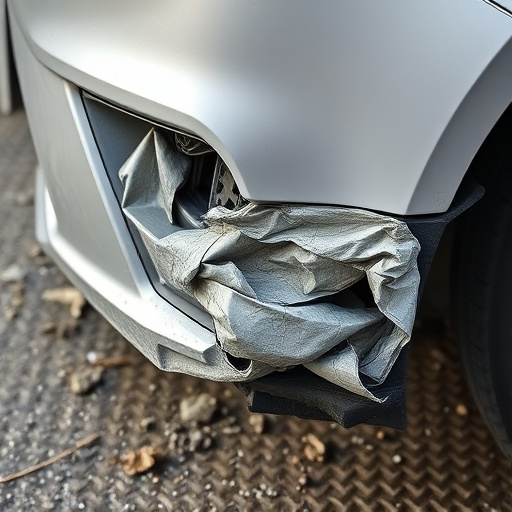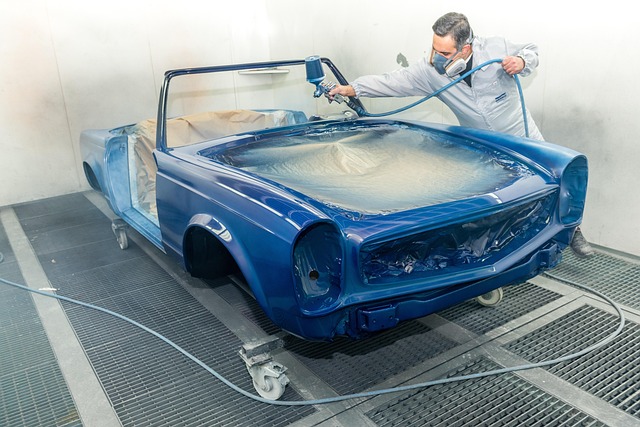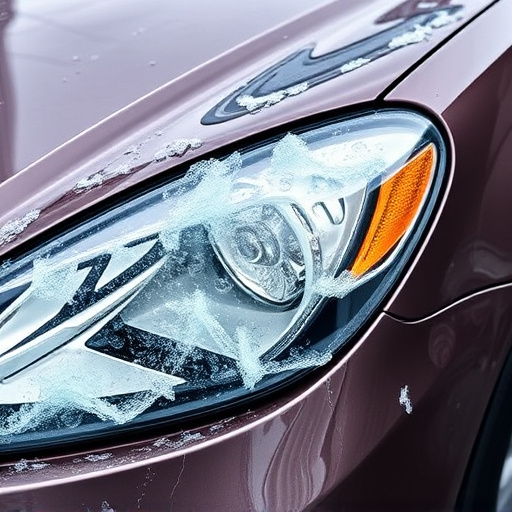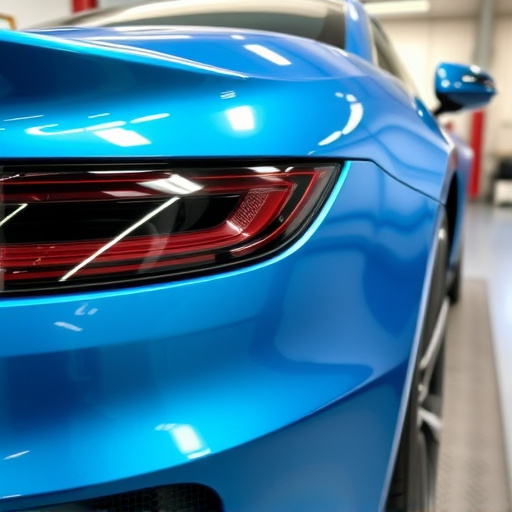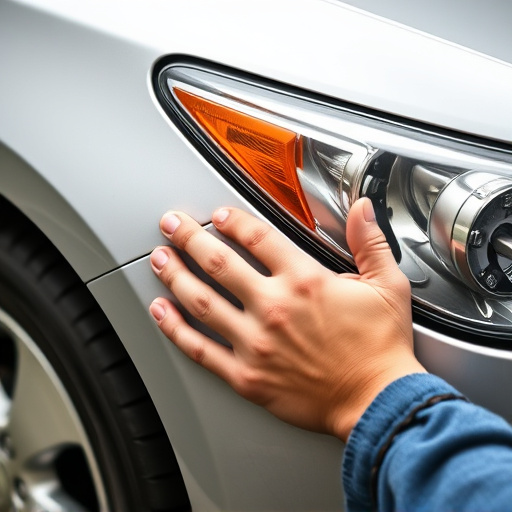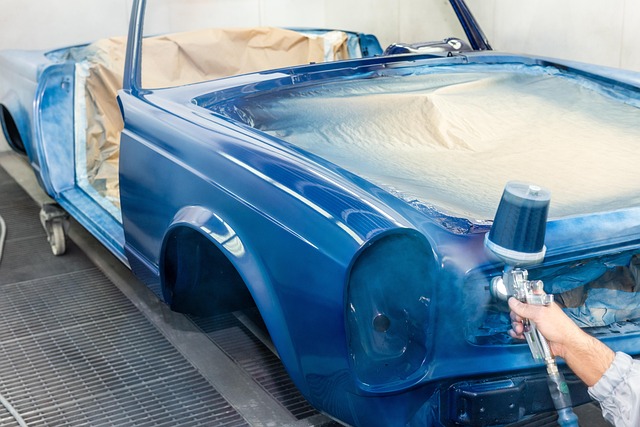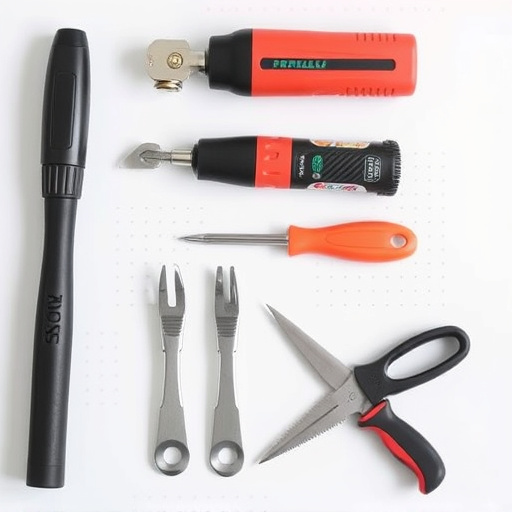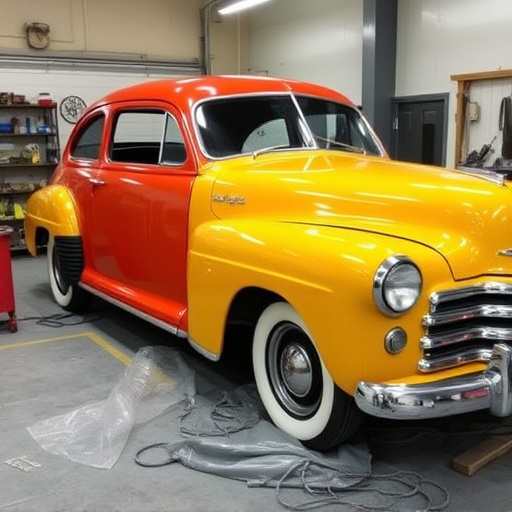Understanding and efficiently navigating after-hours drop-off procedures is key for seamless vehicle inspection and repair, especially at facilities like Mercedes Benz collision centers. These processes involve dedicated zones or automated systems, early arrival, minimal personal items, vehicle cleaning, adequate lighting, and clear staff training to gather info and access digital documentation, ensuring smooth operations during off-peak times.
In today’s fast-paced world, efficient after-hours drop-off procedures for vehicle inspection are crucial for both businesses and clients. This article delves into the essential aspects of managing vehicles outside regular working hours, focusing on understanding specific requirements, securely preparing cars, and streamlining handover processes. By implementing best practices in these areas, you can enhance customer satisfaction and ensure consistent, effective inspections.
- Understanding After-Hours Drop-Off Requirements
- Securely Preparing Vehicles for Inspection Outside Regular Hours
- Efficiently Managing After-Hours Vehicle Handover Procedures
Understanding After-Hours Drop-Off Requirements
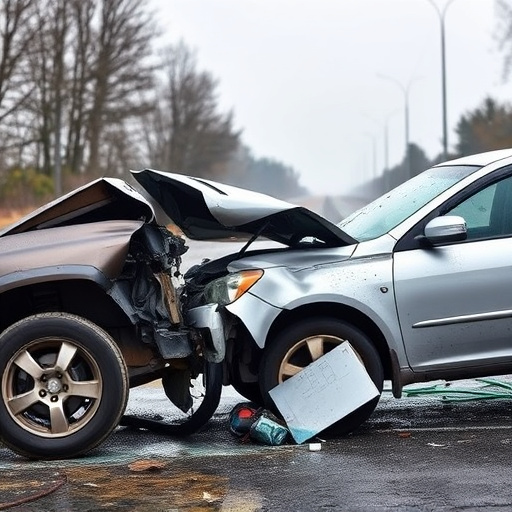
When it comes to after-hours drop-off procedures for vehicle inspection, understanding the requirements is key. Many automotive facilities, including specialized Mercedes Benz collision repair centers, operate extended hours to cater to customers’ needs. During these off-peak times, specific procedures must be followed to ensure efficient and secure drop-offs. This often involves utilizing dedicated after-hours drop-off zones, which may include secure parking areas or automated systems for seamless transactions.
For those seeking automotive collision repair or restoration services, planning an after-hours drop-off can streamline the process. It allows vehicle owners to get their repairs started without disrupting their daily schedules. By familiarizing themselves with the facility’s guidelines and arriving prepared, customers can ensure a smooth handover of their vehicles for expert care, be it for minor dents or extensive damage requiring intricate restoration work.
Securely Preparing Vehicles for Inspection Outside Regular Hours
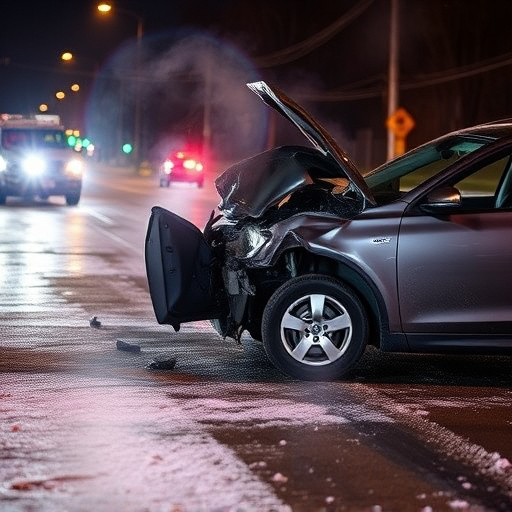
When preparing vehicles for inspection outside regular business hours, it’s crucial to maintain a high level of organization and safety. Customers should be encouraged to arrive early to avoid rushing, as this can lead to errors or damages. During drop-off, ensure all personal items are removed from the vehicle, including loose objects that could shift during transport or inspection. This includes items like GPS devices, car chargers, and any other accessories not secured in the glove compartment or trunk.
For optimal preparation, vehicles should be cleaned to a reasonable standard, focusing on removing dirt, debris, and visible damage. Customers should be reminded to fill up their fuel tanks before dropping off, as this can save time and ensure the vehicle is ready for immediate inspection upon arrival at the vehicle body shop. Proper lighting is essential for thorough after-hours inspections, especially in low-light conditions or dark environments. This ensures that every detail of the vehicle’s exterior and interior can be meticulously evaluated by automotive body work experts.
Efficiently Managing After-Hours Vehicle Handover Procedures
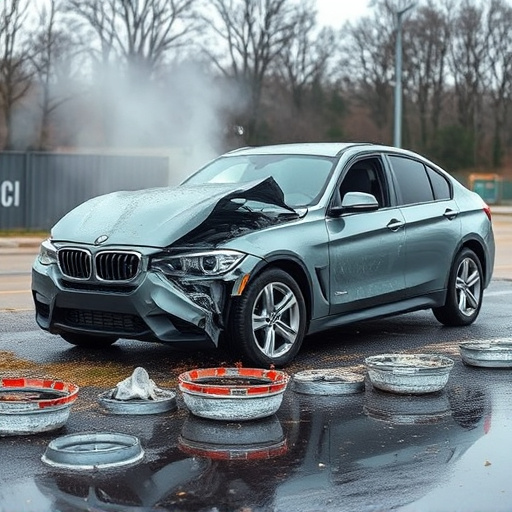
Efficiently managing after-hours drop-off procedures for vehicle inspections is key to ensuring smooth operations in auto repair shops. Implementing clear protocols allows for seamless handover, minimizing delays and maximizing productivity during non-business hours. This involves establishing dedicated communication channels with clients, such as secure messaging platforms or phone hotlines, to accept after-hours drop-offs.
Training staff to handle these procedures effectively is crucial. They should be adept at gathering necessary information from clients, including detailed vehicle descriptions, contact details, and the reason for the visit. Additionally, ensuring that all essential tools and equipment are readily available reduces processing time. Integrating digital systems for documentation and inspection reports streamlines the process further, enabling quick data access and accurate record-keeping, even after business hours.
After-hours vehicle inspection procedures streamline operations and enhance safety, making it crucial for all stakeholders to understand and efficiently manage these processes. By securely preparing vehicles and implementing straightforward handover protocols, organizations can ensure timely and effective inspections beyond regular office hours. Adopting best practices for after-hours drop off is a game changer in maintaining high standards of vehicle condition and compliance.
